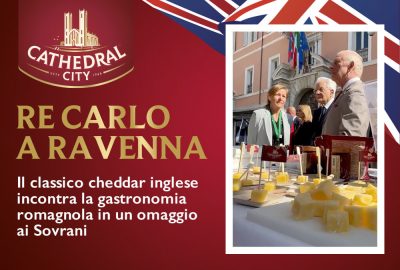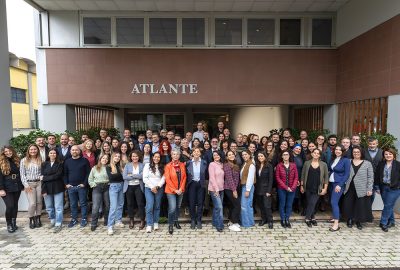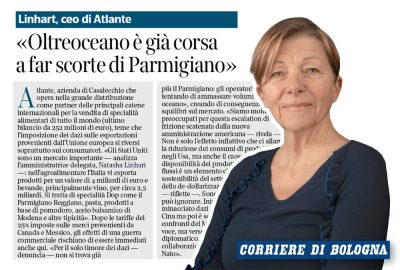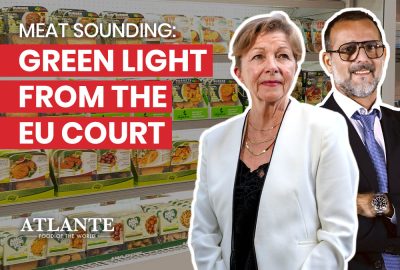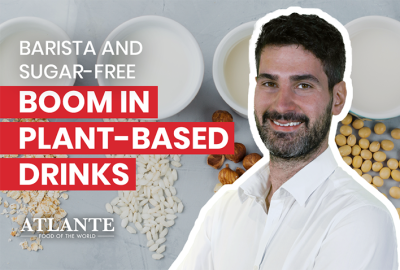Atlante
News
Natasha Linhart in Milano Finanza: Atlante and the New Routes of Global Trade
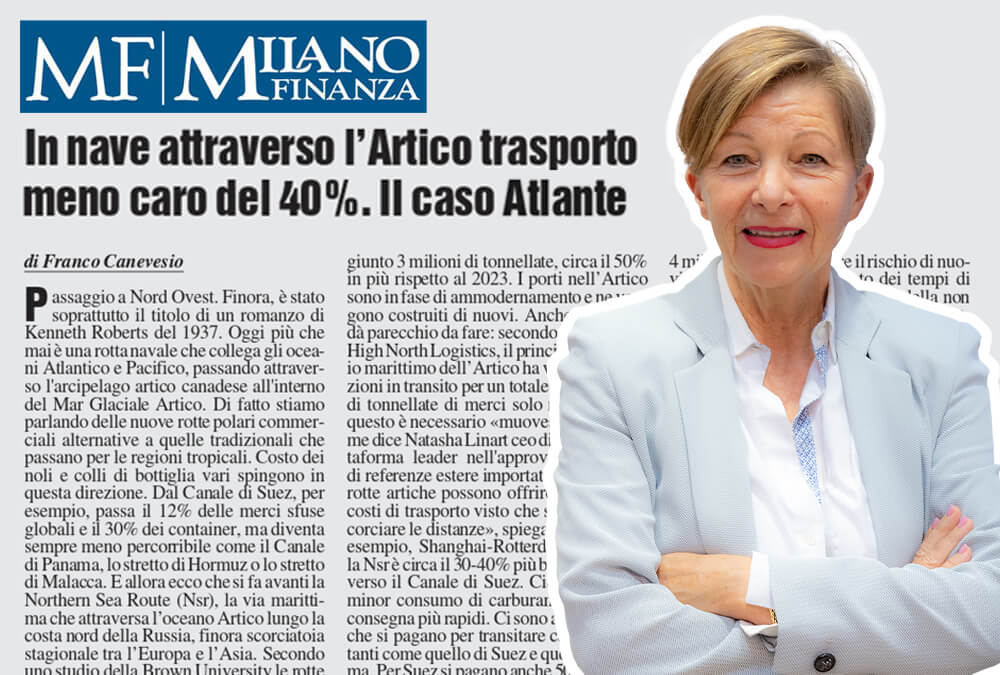
5 February 2025
The logistics industry is continually evolving, and Atlante stands out for its ability to adapt to the new challenges of global trade. The increasing difficulties in traditional maritime routes, including congestion in strategic channels and fluctuations in transport costs, have necessitated a more flexible and proactive approach.
In an interview with Milano Finanza, Natasha Linhart, CEO of Atlante, discusses how the company is addressing this challenge by exploring the Northern Sea Route (NSR), a passage through the Arctic that represents an interesting alternative for international transport.
Through strategic vision and in-depth logistical analysis, Atlante is considering the use of this new route, which could provide up to a 40% reduction in transport costs, decreased delivery times, and a lower environmental impact. By exploring alternative trade routes, the company demonstrates its ability to anticipate industry developments and find effective solutions to the challenges of modern commerce.
Shipping through the Arctic: 40% Cheaper Transport. The Atlante Case
by Franco Canevesio – Milano Finanza 05 Feb 2025
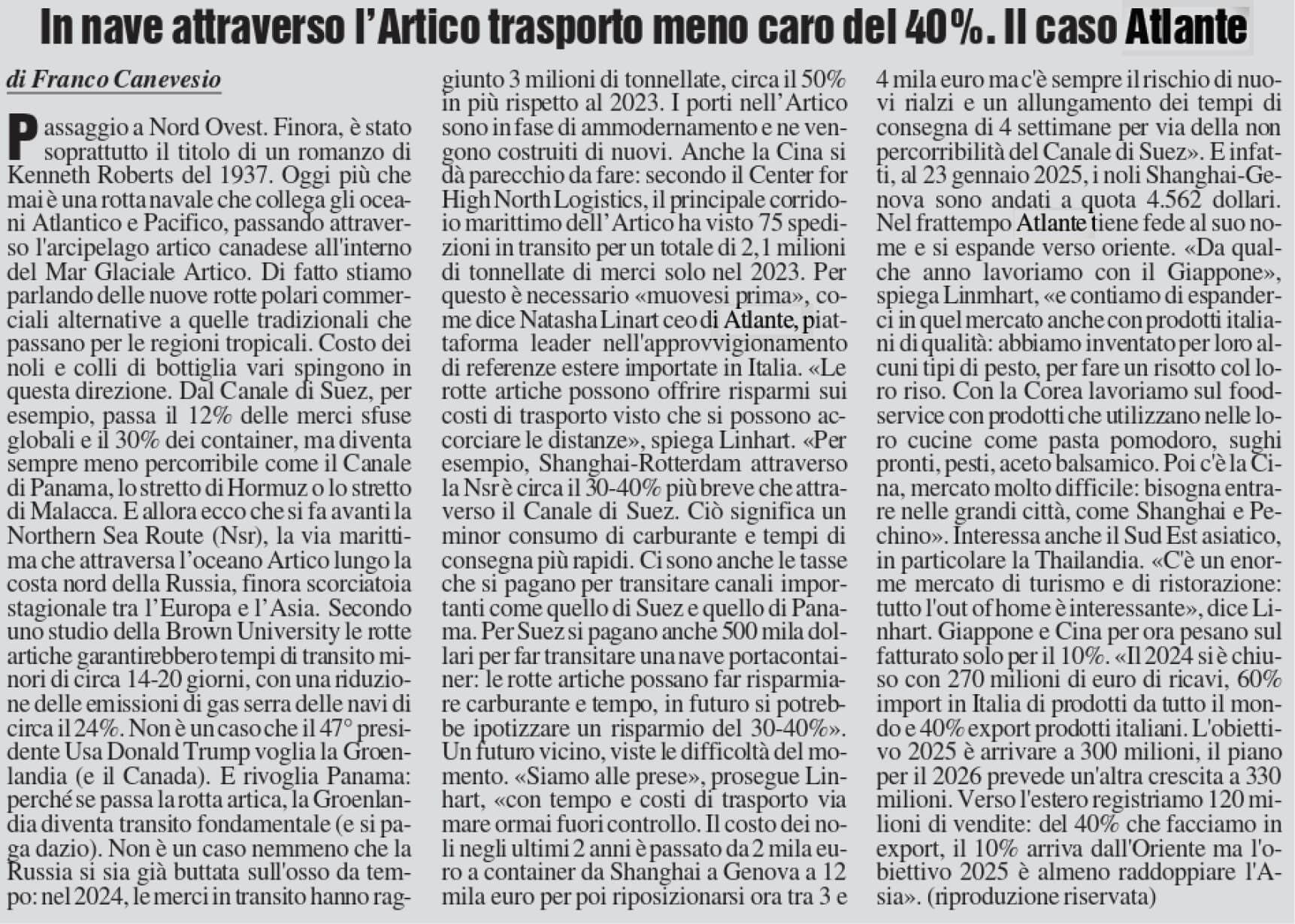
Northwest Passage. Until now, it has been primarily the title of a 1937 novel by Kenneth Roberts. Today, more than ever, it is a sea route connecting the Atlantic and Pacific Oceans, passing through the Canadian Arctic Archipelago within the Arctic Ocean. In fact, we are talking about new polar trade routes as alternatives to traditional ones that pass through tropical regions. Freight costs and various bottlenecks are pushing in this direction. For example, the Suez Canal handles 12% of global bulk goods and 30% of containers, but it is becoming increasingly less navigable, similar to the Panama Canal, the Strait of Hormuz, or the Strait of Malacca.
Thus, the Northern Sea Route (NSR), the maritime route that crosses the Arctic Ocean along Russia’s northern coast, is emerging as a seasonal shortcut between Europe and Asia. According to a study by Brown University, Arctic routes could offer transit times shorter by about 14-20 days, with a reduction in ships’ greenhouse gas emissions of about 24%.
It is no coincidence that the 47th U.S. President, Donald Trump, wants Greenland (and Canada). And he wants Panama back: because if the Arctic route becomes viable, Greenland becomes a crucial transit point (and tolls will be paid). It is also no coincidence that Russia has been eyeing this opportunity for some time: in 2024, transit goods reached 3 million tonnes, about 50% more than in 2023. Ports in the Arctic are being modernised, and new ones are being built. China is also making significant efforts: according to the Center for High North Logistics, the main Arctic maritime corridor saw 75 transit shipments totalling 2.1 million tonnes of goods in 2023 alone.
For this reason, it is necessary to “move first,” as says Natasha Linhart, CEO of Atlante, a leading platform in sourcing foreign references imported into Italy.
“Arctic routes can offer savings on transport costs since distances can be shortened,” explains Linhart. “For example, Shanghai-Rotterdam via the NSR is about 40% shorter than through the Suez Canal. This means lower fuel consumption and faster delivery times. There are also the fees paid to transit important canals like Suez and Panama. For Suez, up to 500 thousand dollars are paid to transit a container ship: Arctic routes can save fuel and time, in some cases up to 40-50%.”
A key factor given the current difficulties. “We are dealing,” continues Linhart, “with sea transport times and costs now out of control. The cost of freight in the last two years has gone from 2 thousand euros per container from Shanghai to Genoa to 12 thousand euros, then repositioning now between 3 and 4 thousand euros, but there is always the risk of new increases and an extension of delivery times by 4 weeks due to the non-navigability of the Suez Canal.”
Indeed, as of 23 January 2025, Shanghai-Genoa freight rates have reached 4,562 dollars.
Meanwhile, Atlante is expanding eastward. “For some years, we have been working with Japan,” explains Linhart, “and we plan to expand in that market also with quality Italian products: we have invented for them some types of pesto, to make a risotto with their rice. With Korea, we work on food service with products they use in their kitchens like pasta, tomato, ready-made sauces, pestos, balsamic vinegar. Then there’s China, a very difficult market: you have to enter the big cities, like Shanghai and Beijing.”
Southeast Asia is also of interest, particularly Thailand. “There is a huge market of tourism and catering: all out-of-home is interesting,” says Linhart.
Japan and China currently account for only 10% of turnover. “2024 closed with 270 million euros in revenues, 60% import into Italy of products from around the world and 40% export of Italian products. The 2025 goal is to reach 300 million, the plan for 2026 foresees another growth to 330 million. Abroad, we record 120 million in sales: of the 40% we do in export, 10% comes from the East, but the 2025 goal is to at least double Asia.”

